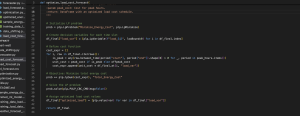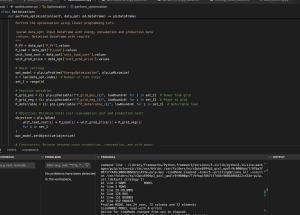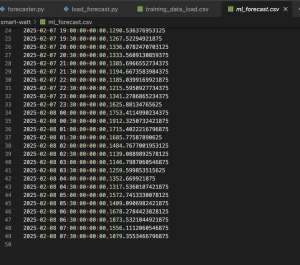- Things done:
- Changed the ML model flow as follows
- Training → Save as .pkl → Backend loads .pkl → Predict → Dashboard displays
-
Trained the models offline to predict solar generation and grid prices, then saved the trained models as .pkl files. This separated the training phase from the backend operations. In the backend server, implemented code to load the .pkl files at startup.
Predictions are passed to the frontend dashboard through FastAPI routes, where they are visualized alongside real-time sensor data. This setup made the dashboard faster and more reliable, since model loading happens once at server start instead of during each user request.
This method avoids long inference delays and made it easier to update models by replacing the .pkl files when retraining was needed.
Did some user testing to see whether people would actually use the product

User Satisfaction Metrics
-
UI Navigation:
Measures how easily users were able to navigate and interact with the SmartWatt dashboard during their first use. -
Feature Usability:
How intuitive and useful users found key SmartWatt features
(Average score: 8.0/10) -
Schedule Understanding:
Evaluate whether users understood the optimized appliance schedules generated by the backend system.
Progress
Almost done, now need to just prep setup for the demo
Things to Complete Next Week
- Video
- Work with Erika and Maya to finish getting everything working together in the model house
- Poster
- Demo
- Final Report


 Tested the optimization algorithm. Measured the latency
Tested the optimization algorithm. Measured the latency



















 Finalized System Components
Finalized System Components


